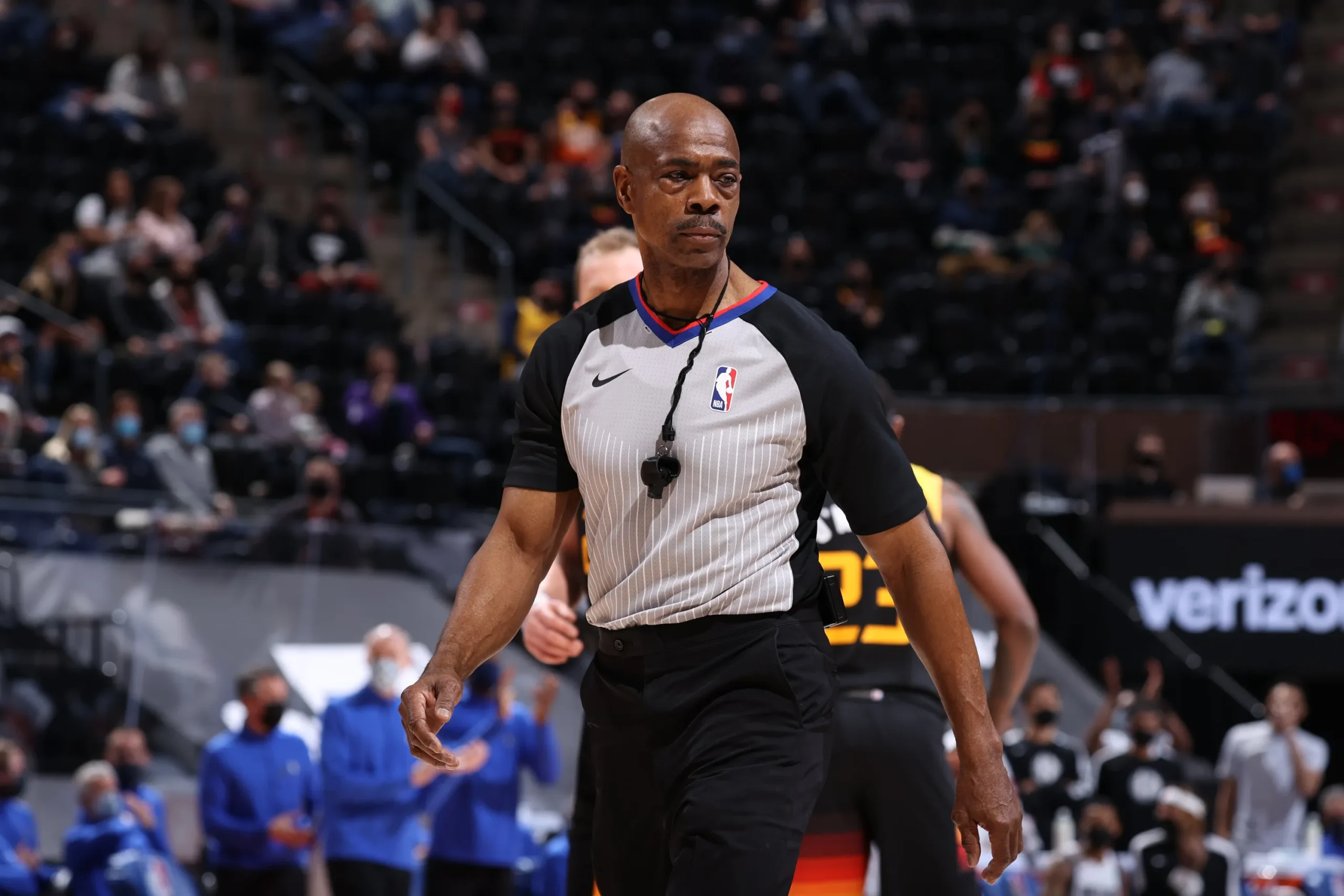
Whistle Control: Inside the NBA’s Referee System and the Pursuit of Perfection
The Invisible Backbone of the League
In a league where billion-dollar franchises depend on razor-thin margins, NBA referees hold one of the most scrutinized and influential roles in professional sports. Every blown whistle has the potential to sway games, shift narratives, and stir controversy on national television.
But behind the criticism and conspiracy theories lies a highly structured, meticulously monitored system—one that combines elite training, real-time analytics, and constant accountability. The NBA officiating program is far more than just three people with whistles. It is a multi-tiered operation, as precise and data-driven as the sport itself.
This is a look inside the machine.
I. Selection and Recruitment: Becoming an NBA Referee
The Pipeline
The path to NBA officiating is long, elite, and selective. Most referees come from:
-
NCAA Division I
-
G-League (NBA’s development league)
-
FIBA or other elite-level circuits
Each year, the NBA Office of Officiating Operations scouts and evaluates hundreds of candidates. But only 1–2 are hired annually.
Requirements:
-
Deep knowledge of the rulebook
-
Physical fitness (referees often run 3–5 miles per game)
-
Communication and conflict resolution skills
-
Instant decision-making under pressure
Many spend 10–15 years officiating lower-level games before getting a G-League assignment, let alone an NBA call-up.
II. Training & Development: No Calls Off
Once selected, NBA referees enter a continuous training program. Every call, every non-call, every replay is recorded and graded by a centralized team based in the NBA Replay Center in Secaucus, New Jersey.
Key Tools:
-
Game-by-game grading: Each call is scored as correct or incorrect by independent reviewers.
-
Performance reviews: Monthly feedback sessions with supervisor officials.
-
VR and Simulation Training: New in 2024, refs now use immersive tools to train positioning and angles.
-
On-Court Shadowing: Younger refs are paired with veterans in lower-profile games to accelerate development.
The average NBA official receives over 100 hours of formal evaluation per season.
III. Game Assignment and Rotation
Assigning referees to games is a deliberate, strategic process managed by the league’s Referee Operations Department.
Factors Considered:
-
Experience level
-
Team history and previous matchups
-
Recent performance scores
-
Fatigue (based on travel and minutes logged)
-
Conflicts of interest or personal history
Top referees (like Scott Foster or Tony Brothers) are generally assigned to marquee matchups and playoff games, while rising officials are eased into high-pressure roles over time.
Referees are rotated frequently to minimize familiarity with any one team or player.
IV. Accountability and Transparency
In an age of instant replay and social media scrutiny, the NBA has introduced multiple accountability systems:
1. Last Two Minute Report (L2M)
-
Released after every close game (within 5 points in the final 2 minutes).
-
Evaluates all whistles and no-calls for accuracy.
-
Publicly accessible on NBA.com
Though controversial, the L2M has become a symbol of transparency, even when it admits high-profile errors.
2. Internal Scoring System
Every referee receives a season-long accuracy rating, which directly impacts:
-
Playoff assignments
-
Compensation bonuses
-
Retention or dismissal
3. Disciplinary Measures
While rare, referees can be:
-
Suspended for critical mistakes
-
Removed from playoff rotations
-
Quietly let go during offseason performance reviews
The system is private but real—and extremely performance-driven.
V. Replay Center and Technology Integration
Located in Secaucus, New Jersey, the NBA Replay Center serves as the league’s real-time officiating control tower.
-
Operates during every game, with access to all angles in HD and slow motion.
-
Assists referees on coach’s challenges, out-of-bounds, and shot-clock decisions.
-
Tracks referee positioning via wearables and court maps.
The league is also testing AI-powered review assistants that detect contact and timing discrepancies using frame-by-frame analysis. While not yet in full deployment, they could play a bigger role by 2026.
VI. Criticism and Reform Challenges
Despite its structure, NBA officiating still faces heavy criticism:
-
Inconsistency between games
-
“Superstar calls” — perception that stars get favorable treatment
-
Officiating in the paint — one of the most subjective areas
-
Foul baiting and flopping — referees walk a fine line between legitimate contact and deception
The NBA has experimented with rule tweaks (e.g. the “Harden rule” in 2021 to prevent unnatural shooting motions), but enforcing consistency across 82 games and dozens of referees remains one of the league’s greatest challenges.
VII. The Playoffs: Elite Refereeing, Higher Stakes
During the postseason, only the top 36 referees are retained.
As the rounds progress:
-
The pool shrinks: Only about 12–15 refs make it to the Finals rotation.
-
Pressure intensifies: With millions watching, every call is scrutinized frame-by-frame.
Finals referees are generally:
-
10+ years of experience
-
95%+ accuracy ratings during the regular season
-
Strong communication and poise in hostile environments
VIII. The Future of NBA Officiating
The NBA has signaled several future priorities:
-
More diversity in referee hires (currently ~45% people of color; ~8 women)
-
Expansion of referee analytics (heatmaps, error rates by zone or matchup)
-
AI-assisted grading systems
-
Real-time in-game transparency tools for broadcasters and fans
The NBA may never eliminate controversy from officiating. But it is working to ensure that its referees are better trained, more accountable, and more visible than ever before.
The Silent Guardians of the Game
Referees don’t sell tickets. They aren’t in highlight reels. But they are the ones who keep the product functioning at its highest level.
The NBA’s officiating system is complex, rigorous, and constantly evolving. For every missed call, there are thousands that go unnoticed because they were simply correct. And behind those calls is a system that demands near-perfection from the most underappreciated professionals in basketball.
The whistle is small. But the responsibility it carries is massive.